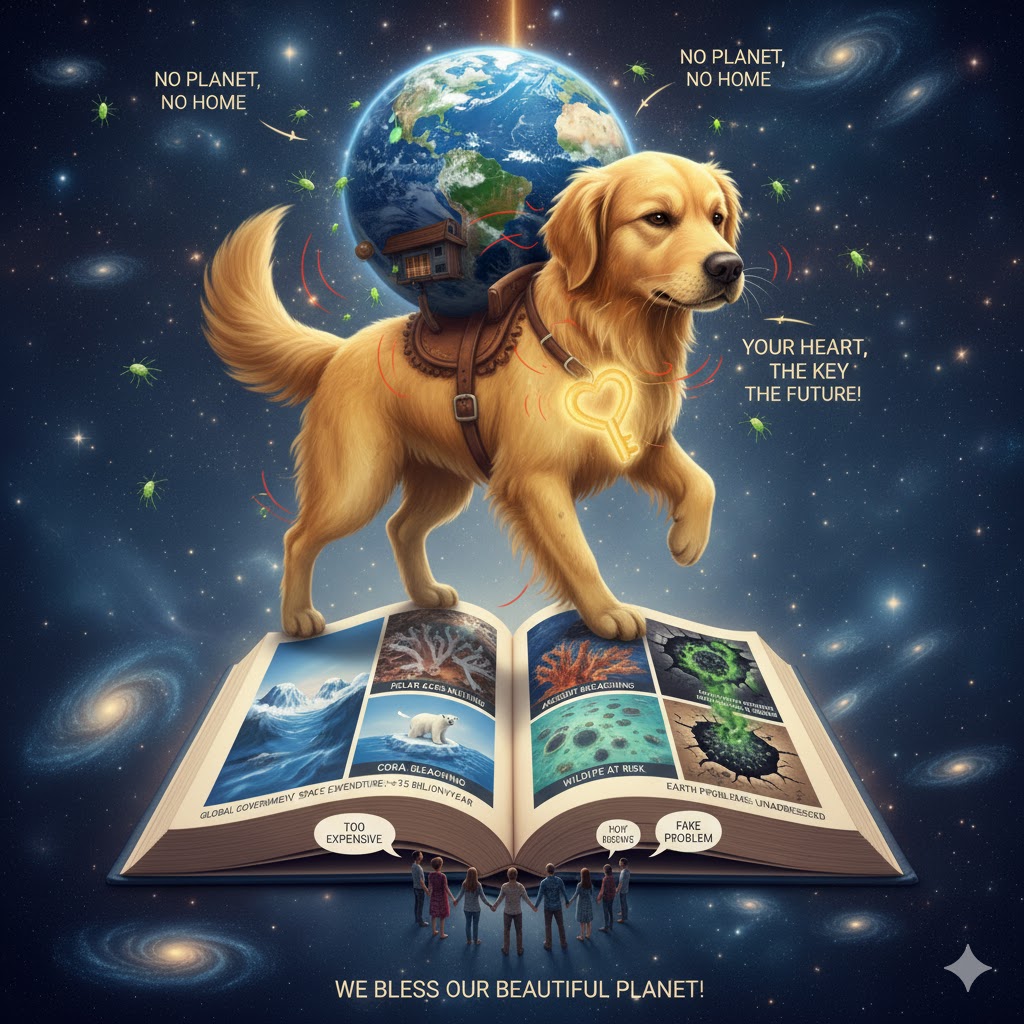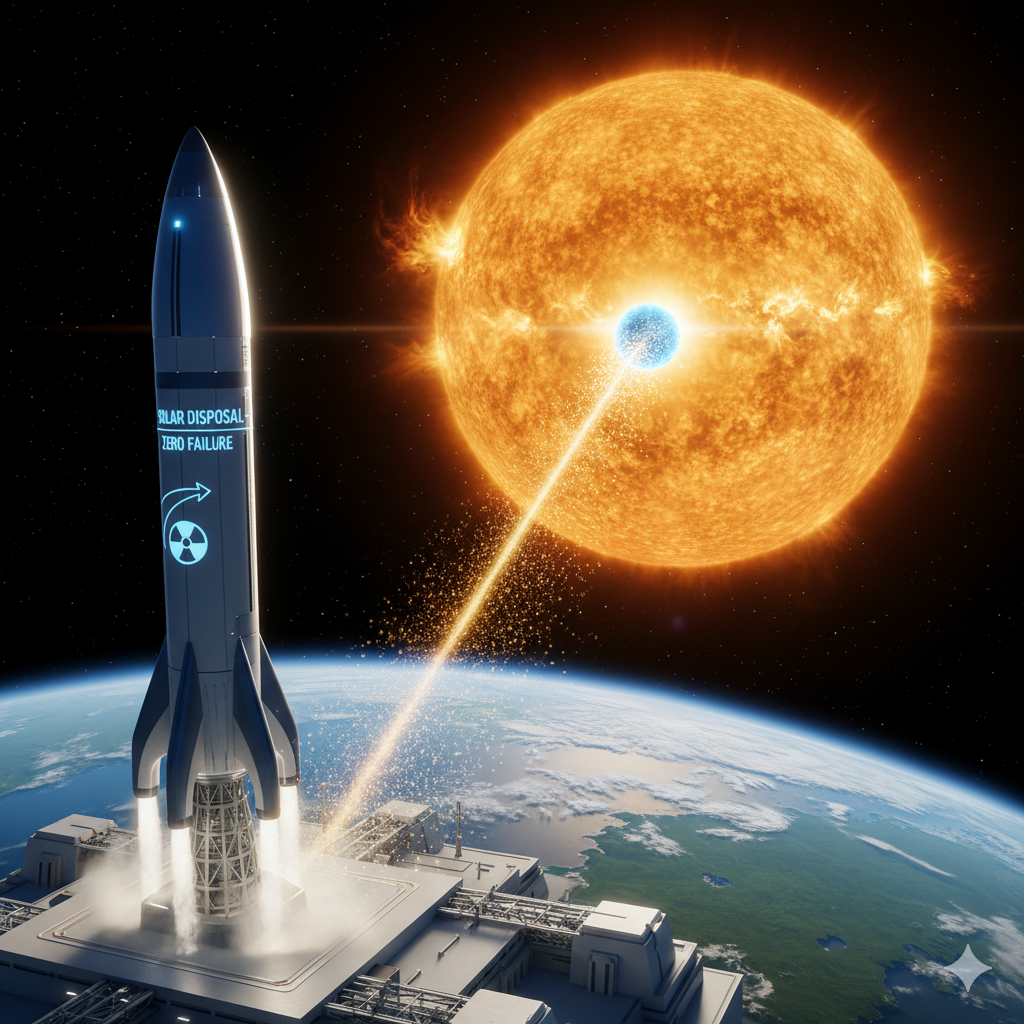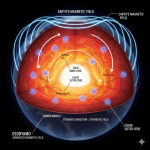Now Reading: Global Warming Is Real
-
01
Global Warming Is Real
Global Warming Is Real

Without a planet we have NO HOME… just a question… do you 🫵 think that a dog cares about the flea’s on its back when that flea’s ARE pissing it off? NO… it just wants the flea’s gone!
Five key greenhouse gases are carbon dioxide, nitrous oxide, methane, chlorofluorocarbons, and water vapor that are adding to global warming and its climate change… and in that more than 90 percent of the warming that has happened on Earth over the past 50 years has occurred in the ocean… which is rising and causing the polar ice caps to melt and bleaching of those reefs plus a whole lot more… (see below)
Polar ice caps and sea ice are melting due to global warming, with the Arctic warming twice as fast as the rest of the planet. This melting, observed by satellites since the 1990s, significantly contributes to global sea level rise, with Greenland losing a substantial amount of ice annually and the Arctic sea ice cover shrinking by over 10% per decade. The impacts include disrupted ocean currents, altered weather patterns, and threats to wildlife and ecosystems.
The consequences of polar ice caps melting include sea level rise, leading to coastal flooding and erosion; disruption of ocean currents like the Antarctic Circumpolar Current, which affects global weather patterns; release of ancient microbes and greenhouse gases from permafrost; significant impacts on ecosystems and wildlife such as polar bears and penguins; and increased human activity and resource conflicts in previously inaccessible Arctic regions.
The one below a lot of people dont realise but its true…
Release of Ancient Microbes and Greenhouse Gases
• Pathogens:Permafrost contains ancient microbes and viruses that could be released into the environment if the ice melts, potentially posing a risk to human and animal health as modern immune systems may lack defenses against these novel pathogens.
• Methane and Carbon Dioxide:Melting permafrost also releases trapped greenhouse gases like methane and carbon dioxide, further accelerating global warming.
Impacts on Ecosystems and Wildlife
• Habitat Loss:Wildlife like walruses and polar bears are losing their habitats as ice melts, forcing them to spend more time on land.
• Food Web Changes:Altered ocean conditions and temperatures can disrupt marine ecosystems, affecting the spawning and diet of fish and other marine animals, such as Antarctic penguins.
Increased Human Activity and Resource Conflicts
• New Shipping Routes:The melting of Arctic sea ice opens up new shipping lanes, which can alter global commerce.
• Resource Exploitation:The emergence of these new routes can also lead to increased human activity and potential competition or conflict over newly accessible resources.
Plus Coral Bleaching…
Coral bleaching is a stress response where corals expel symbiotic algae, losing their color and energy supply. The primary cause is marine heatwaves from rising ocean temperatures due to climate change. This leads to mass bleaching events, where corals turn white and, if stressed conditions persist, become vulnerable to disease and death.
Consequences of Bleaching
• Widespread Loss:Mass bleaching events, which affect large areas of reefs, can lead to significant and widespread loss of coral.
• Impact on Biodiversity:Coral reefs are critical biodiversity hotspots supporting thousands of marine species. Their loss has far-reaching impacts on ocean ecosystems.
What Can Be Done?
• Address Climate Change:To truly combat coral bleaching, global, comprehensive action is needed to reduce greenhouse gas emissions and address climate change.
I understand that country’s are now getting fully on board and some have started and some have seduced starts over the next 5 to 10 years which is better than nothing but just remember that the view of global collective consciousness thats works together… this would have already been addressed…
It generally comes down to money and independent countries dont want to have to play for it at their own expense but what im going to day next is about soace and expenditure… plus turning a blind eye! 👍
Why are we even spending any money on this space stuff globally when we have stuff on earth to fix first??? (ie… global warming, famine, war, cures or even global financial issues).
Basically a car travelling at the speed of 60 miles per hour would TAKE OVER… 48 million years to reach the closest star to us… Proxima Centauri and thats honestly the closest star. You have to live 48 million HUMAN years to get there…
Its just seems quite irrelevant at the present moment in life to be looking in this direction at this time or wasting any money that could be better spent helping the homeless, global disease, hunger etc. You know earth problems, im just saying… im just saying! 👍🔥💯 THEY want to talk money but read below as to what was invested just last year to this when WE NEED IT TO FIX THE PLANET…
Global government expenditure for space programs reached an all-time high of approximately $135 billion in 2024. This represents a 10% increase from 2023, driven largely by defense spending, with the United States being the largest contributor with approximately $79.7 billion of that total.
Key Figures
• Total Global Government Investment:~$135 billion
• United States Government Investment:~$79.7 billion
Now last thing is this… yes no planet no home with no escape plan and we could put it off for a year or 2 or even 5 and invest that money to fixing these things plus all of those souls with those degrees in space could be used to fix this issue.
May God bless your every step with the almighty to watch over with divine light that guides your path so… blessings and peace can be upon you, your family, your friends and IMPORTANTLY our BEAUTIFUL planet! 🙏😇💯🌏🫶
Plus some extra stuff below about it… im sure with everything posted here plus around yhe workd, green peace, Facebook pages and independent growth as a collective soul… we can see why we need to address these issues before it gets much MUCH WORSE…
People and independent countries are hesitant to address global warming due to perceived trade-offs with short-term comfort and economic costs, the psychological distance of the problem, and the feeling that individual actions are insignificant. Other factors include lack of awareness or understanding, skepticism about the severity of the problem, and a need to rationalize inaction by making excuses or denying the issue as its easier to look in the otger direction and turn a blind eye….
Psychological Factors
• Psychological Distance: The impacts of climate change often feel abstract or distant, making them less urgent in people’s minds compared to more immediate problems.
• Short-Term vs. Long-Term: Many individuals prioritize short-term benefits over the long-term advantages of addressing climate change, such as increased future safety and stability.
• Feeling of Inaction: People may feel their individual contributions are too small to make a difference, leading to a sense of helplessness and disengagement.
• Climate Anxiety and Denial: For some, the overwhelming nature of the problem leads to fear and a desire to avoid thinking about it, sometimes manifesting as skepticism or outright denial.
Lack of Information and Understanding
• Misinformation: Some individuals may have incorrect or incomplete information about the causes and effects of climate change, leading to inaction.
• Disbelief in the Science: Skepticism about the human causes of climate change or the severity of its impacts can reduce motivation to act. L
Perceived Barriers
• Economic Concerns: There is a common concern that addressing climate change will negatively impact the economy and lead to significant costs.
• Complexity: Climate change is a non-linear and complex problem, which can be difficult for people to grasp and make judgments about.
• Excuses: Some people rationalize their inaction by making excuses, such as believing that renewable energy is impractical or that individual actions are futile.

















